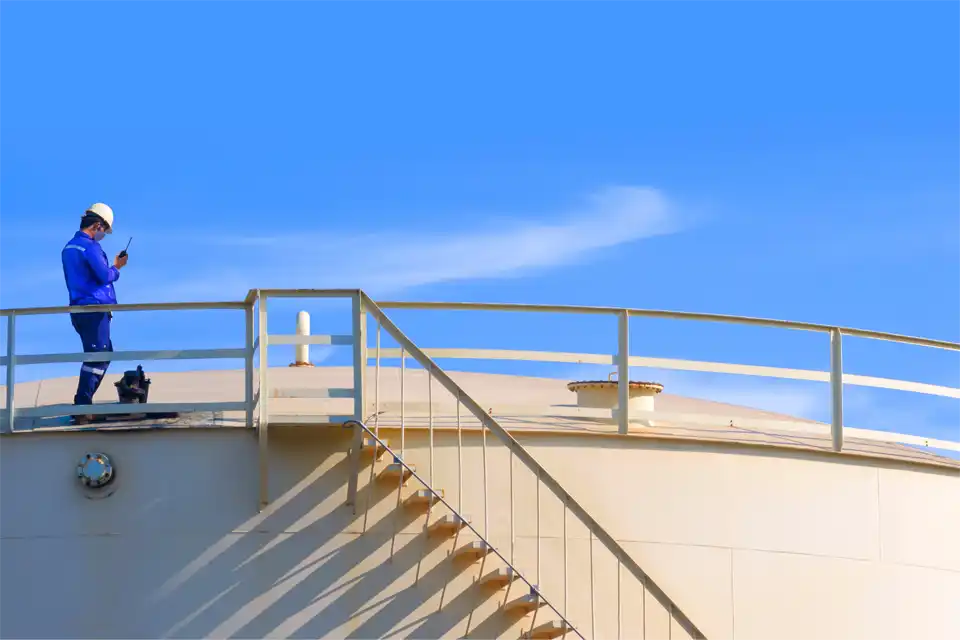CO2 Transport and Storage Cost Review
- 9 October 2025
- Costs of CCUS
- Storage
- Transport
The objective of the study was to review publicly available information on CO2 transport and storage (T&S) costs, to provide insights into how typical cost estimates are built up and to inform on areas of risk. Current information on T&S costs and the need for new or improved data would be explored.


